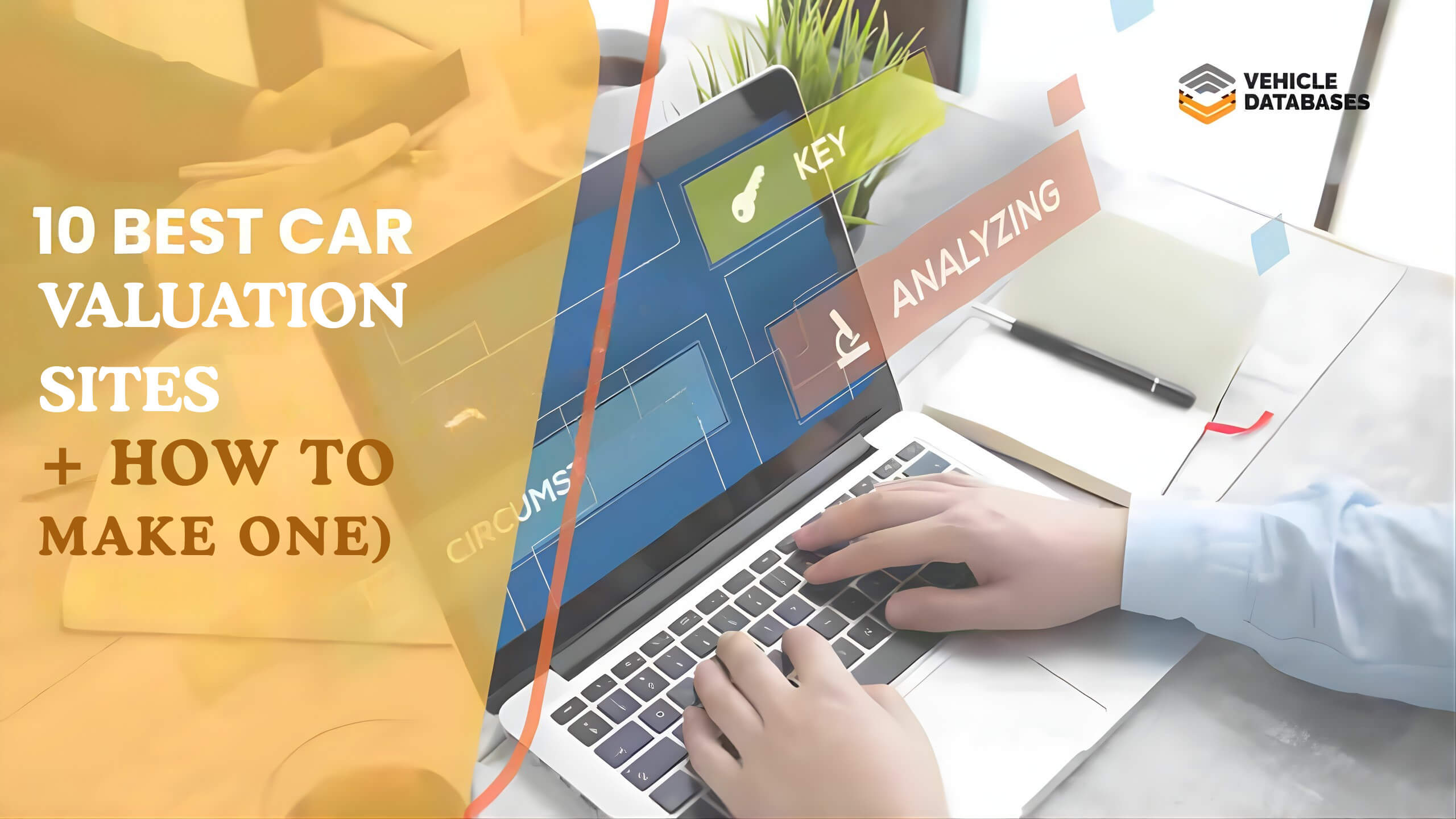Are you tasked with vehicle fleet management for your company? Effectively managing a fleet can be demanding, but employing the right strategies and best practices is key to ensuring efficiency, cost-effectiveness, and safety in your fleet operations.
Explore this in-depth guide on how to manage a fleet of vehicles, covering everything from fundamental concepts to advanced tips. Whether you’re a newcomer to fleet management or seeking to optimize existing practices, this article offers valuable insights and actionable advice.
But first, What is Fleet Management?
Vehicle fleet management is like having a reliable co-pilot for your business’s transportation needs.
It’s a comprehensive approach to overseeing your fleet of vehicles, ensuring they operate seamlessly while aligning with your company’s goals and objectives.
From acquiring the right vehicles to maintaining them, managing drivers, and complying with regulations, fleet management covers it all and usually comes with a range of responsibilities to keep everything in order.
Some of these responsibilities include vehicle acquisition, maintenance, fuel management, driver safety, and compliance with regulations.
Keeping all of these at the forefront of your mind and duties will help you successfully manage your fleet. But why is vehicle fleet management even important?
READ ALSO: 5 Best VIN Decoder API Providers 2023
Why is Vehicle Fleet Management Essential for Your Business?
Let’s face it: running a fleet of vehicles can be a challenging task. But fret not! Effective fleet management brings a multitude of benefits that make the effort worthwhile.
First and foremost, it’s all about efficiency. By streamlining your fleet operations, you’ll optimize vehicle usage, reduce idle time, and eliminate unnecessary miles.
Imagine the fuel savings and increased productivity that can result from this level of optimization.
Safety is another vital aspect of vehicle fleet management. Implementing driver safety programs, conducting training sessions, and closely monitoring driver behavior will create a culture of safety within your fleet.
Minimizing accidents not only safeguards your drivers but also saves you from potential liabilities and increased insurance costs.
Speaking of costs, effective fleet management can significantly impact your bottom line.
By keeping a close eye on maintenance schedules, promptly addressing repairs, and optimizing fuel consumption, you’ll reduce unexpected breakdowns, extend vehicle lifespans, and save on unnecessary expenses. It’s like giving your budget a much-needed breather!
Car Fleet Management: Tips on How to Manage a Fleet

To successfully keep your fleet in check and manage it, these are some of the tips you should remember:
Integrate Vehicle Data APIs
A vehicle API is an API that allows for the transfer of data between different pieces of software.
This simply means that you can gain access to information on every vehicle in your fleet right from your website or mobile application. With APIs, you can access information on:
- Vehicle specifications
- Vehicle history (accident history, damage history, etc.)
- OEM maintenance schedules, and more
With the right APIs, you can gain invaluable insights into your fleet’s performance and ensure that your fleet is in check and on track.
One of the best providers of Vehicle APIs is Vehicle Databases. We will take a closer look at this down the line, but for now, let’s keep looking at the fleet management tips.
Fleet Size and Composition
Before you can manage that fleet, you need to know just how large it is or should be, right?
Knowing your fleet’s size and composition is one of the first steps to successfully managing it.
If you are thinking about starting a fleet, then you need to be sure of how large you want your fleet to be and what vehicles you would like to include.
To do this, you need to consider factors such as workload, geographic coverage, and vehicle types. It’s essential to strike the right balance to meet operational needs without overspending.
When you are sure of what vehicles are in your fleet, you can proceed to the next step.
Prioritize Driver Safety
Next, you have to prioritize driver safety. Your drivers are the backbone of your fleet.
Invest in comprehensive driver safety programs, offer training sessions on defensive driving techniques, and utilize driver monitoring systems to ensure compliance with regulations and reduce accidents.
Maintenance and Repairs
No one wants a vehicle to break down unexpectedly in the middle of nowhere.
With regular maintenance and prompt repairs, you can be sure of the longevity and reliability of your fleet.
With an OEM maintenance API integrated into your website and mobile applications, you can tell when to carry out maintenance and repairs on your vehicles.
Implement proactive maintenance schedules, conduct thorough inspections, and collaborate with qualified technicians or service providers to keep your fleet in top shape.
One main point to remember to avoid breakdowns is inspection. Keep an eye on every vehicle and carry out proper and detailed inspections.
Do you have an inspection schedule? Well, get one. This way, you can minimize unexpected breakdowns and reduce downtime as much as possible.
Fuel and Energy Management
Fuel costs can significantly impact your fleet’s budget. This means you have to be cautious enough to know when to explore strategies like fuel efficiency training, alternative fuels, telematics, and route optimization to reduce fuel consumption and environmental impact.
You can also explore other technologies that can help you monitor and reduce fuel consumption.
Check Driver Reports Regularly
Do you know just how well your drivers are faring on the road? Are they meeting their targets? Are they facing some challenges and risks while driving?
These are some questions you should ask yourself often, and to get these answers, you need to refer to the driver reports.
By closely monitoring driver reports, you can also keep your fleet compliant with safety and emissions regulations.
Complying with these regulations not only keeps you on the right side of the law but also ensures the smooth operation of your fleet.
Embrace Sustainability
The world is shifting towards eco-friendly practices, and your fleet can be part of this positive change.
Consider alternative fuels, explore electric vehicle integration, and promote eco-driving techniques to reduce your carbon footprint while cutting costs.
Read Also: Vehicle Data Extraction API To Obtain Reliable Data
Getting started with Vehicle Databases APIs
As previously mentioned, Vehicle APIs are great tools for fleet management as they can help you get unrestricted access to vehicle information whenever you need it.
Vehicle Databases is one of the leading provider of vehicle APIs for automotive businesses, and these are some of the APIs you can integrate into your business website or mobile application to access vehicle data:
- OCR API services
- VIN decoding API
- Vehicle specification API
- Vehicle market value API
- Vehicle history API
- Vehicle services API
- Vehicle warranty API
- Vehicle recalls API
- Fuel economy API
- Auction history API
- Sales history API
- Vehicle media API
- Window sticker API
- Electric vehicle specifications API, and more
The electric vehicle specification API is most recommended for electric vehicle fleet management and can be used to verify the specifications of the electric vehicles you have in your fleet.
Try out Vehicle Databases with their free 15 credits
Vehicle Databases offers 15 free credits to automotive businesses interested in trying out their APIs.
To get started with Vehicle Databases, simply follow these steps:
- Visit our homepage and navigate to the free trial page.
- Click on this page and fill out the provided form with the required information.
- Make sure to select as many APIs as you are interested in and create an account.
We also offer free demonstrations for interested parties. You can schedule a meeting, and our team of experts will be right there to walk you through our products.
With APIs integrated into your business and following these guidelines and tips, you’ll experience improved productivity, increased savings, and a competitive edge in the market.
Remember, vehicle fleet management is an ongoing journey. Stay informed about industry trends, embrace technology, and continuously seek ways to innovate.
Your fleet will evolve alongside your business, adapting to new challenges and opportunities.
So, are you ready to take the driver’s seat in managing your company’s fleet? Start implementing these strategies today and witness the power of vehicle fleet management firsthand. Get ready to accelerate towards success!
Frequently Asked Questions
Vehicle fleet management involves overseeing and coordinating a fleet of company-owned or leased vehicles. From acquiring the right vehicles to maintenance, driver safety, and cost control, fleet management covers it all.
It ensures efficient vehicle usage while aligning with your company’s goals and objectives.
Fleet management consists of vehicle acquisition, maintenance, driver safety, cost control, compliance with regulations, and data analysis.
It’s about getting the right vehicles, keeping them in good condition, ensuring driver safety, controlling expenses, following rules, and using data to make informed decisions.
Let’s take a delivery service company as an example. They manage their fleet by selecting suitable vehicles, conducting regular maintenance, and implementing driver safety programs.
They use GPS tracking, optimize routes, and analyze data on driver behavior. This way, they ensure efficient operations, reduce costs, and provide reliable delivery services to their customers.


